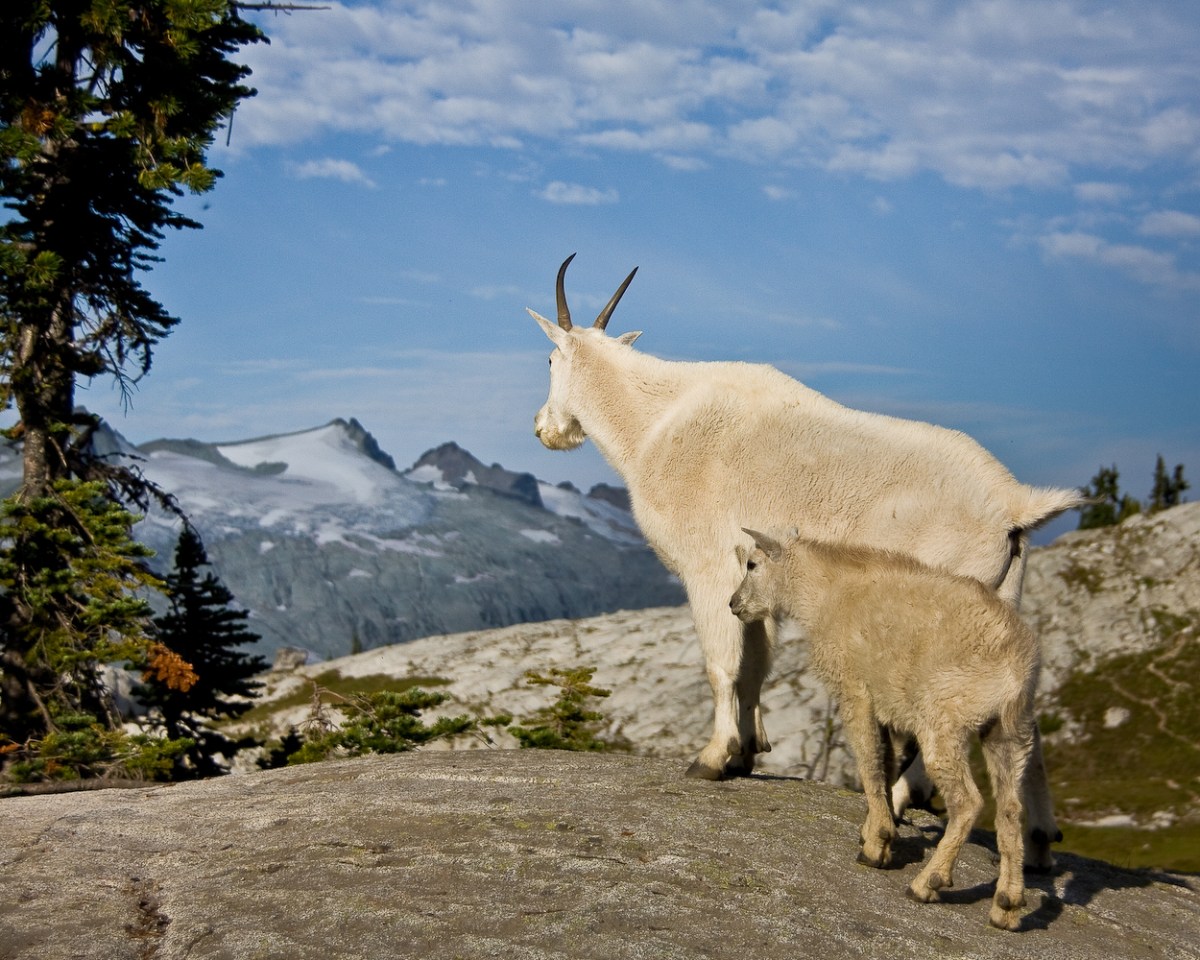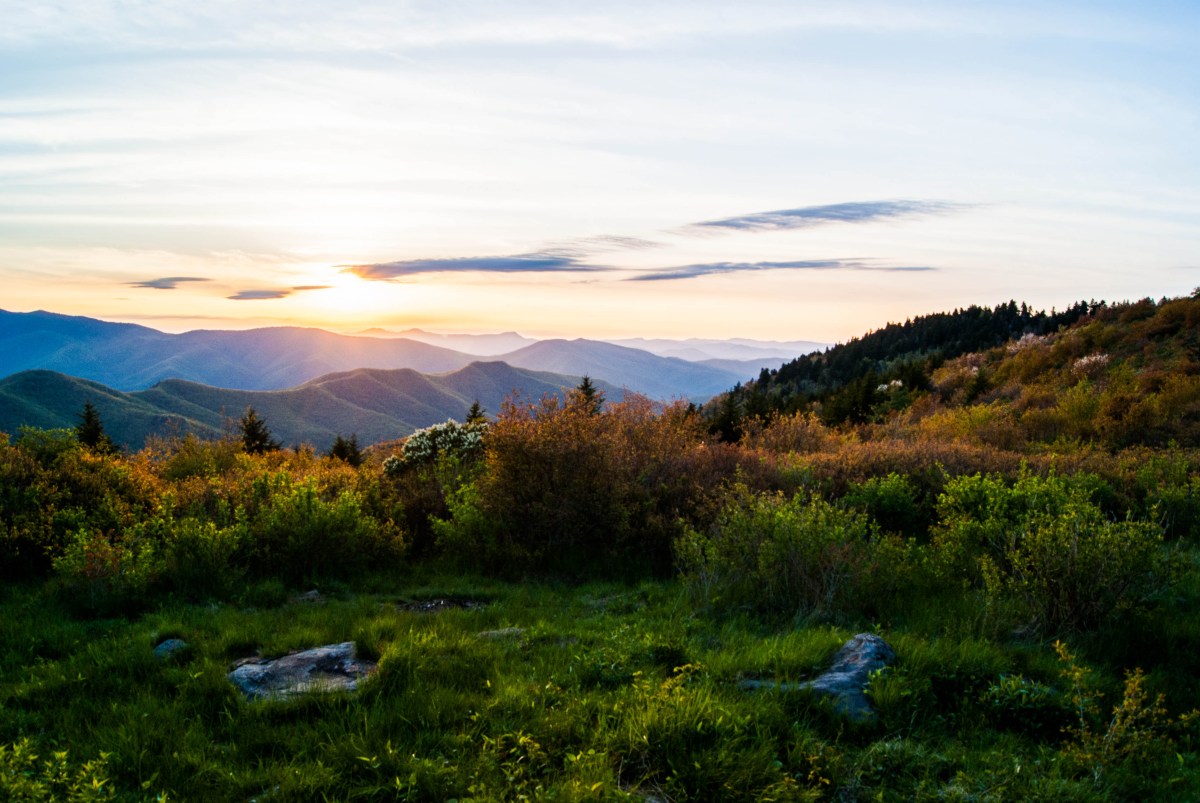“Wake up! I see cowboys!” My eyes popped open at the sound of my brother’s shouts. We tumbled out of our tent to watch a band of ranchers on horseback, driving a herd of cattle home from the open range. Whoops and whistles rang out over a tumult of trampling hooves and bellowing steers. We stood speechless, awed by this Wild West scene parading past our campsite.
This was not a national park campground. There was no pavement, no visitor center, no tourist throng. This was eastern Washington’s Okanogan-Wenatchee National Forest. It was a national forest that furnished the setting for this childhood memory, and it was time spent in national forests that forged my lifelong passion for the outdoors.
At first glance, national forests and national parks appear similar. Both of these public lands contain natural splendor, treasured landmarks and spectacular landscapes. Yet a closer look reveals distinct characteristics and missions. Managed by the Department of Agriculture’s U.S. Forest Service, the National Forest System serves many purposes: recreation, water, timber, grazing, minerals, wildlife and more. In contrast, national parks are cared for by the Department of the Interior’s National Park Service. They prioritize preservation with minimal alteration of the land’s existing state.
When asked to describe the difference between national forests and national parks, Greg Peters—communications director for the National Forest Foundation—explained, “National forests are truly ‘the people’s lands.’ In addition to providing water for millions of Americans and natural resources for local economies, these public lands offer recreation opportunities to more than 165 million visitors each year.”

Photo of the Mt. Baker-Snoqualmie National Forest, Jeffrey Pang, courtesy of the NFF
The National Forest System’s 155 national forests, 20 national grasslands and one tallgrass prairie make up 193 million acres, more than double the total area of America’s 59 national parks. With seven in 10 Americans living within 100 miles of a national forest, these lands provide easy and affordable access to a wealth of outdoor adventure. “Visitors find vast wildernesses, legendary rivers and fascinating landmarks across the National Forest System, often without the crowds they’d encounter in our national parks,” Peters said.
Chartered by Congress as the nonprofit partner of the U.S. Forest Service, the National Forest Foundation works to enhance our national forests. “We take pride in being the only national conservation nonprofit focused solely on national forests and grasslands,” Peters said. “We work every day to restore these lands and connect all Americans to the benefits they provide.”
Now you can be a part of that effort, thanks to a new partnership. Each time you make a purchase with your REI Co-op World Mastercard®, the co-op will make a donation to the National Forest Foundation—up to $1 million.* This contribution will help improve some of the nearly 150,000 miles of trails, more than 5,100 campgrounds, 1,200 boating sites and 9,100 miles of scenic byways in the National Forest System. It also supports some of 4,400 miles of specially designated streams within the Wild and Scenic Rivers System, created by Congress to preserve the natural, cultural and recreational value of free-flowing rivers. “The National Forest Foundation is thrilled to work with REI and the REI Co-op World Mastercard,” Peters said. “This generous partnership makes a difference for our public lands, the recreationists who love them and youth who are connecting with the outdoors for the first time.”

Photo of the Pisgah National Forest, Daniel Meacham, courtesy of the NFF
This donation funds several key projects across the nation:
- Tongass National Forest, Alaska – Angoon Youth Conservation Corps Project
- Pike and San-Isabel National Forests, Colorado – Mount Elbert Find Your Fourteener Project
- Sawtooth National Forest, Idaho – Alden Gulch Trail Project
- Tonto National Forest, Arizona – West Pinto Creek Trail Restoration Project
- Chattahoochee-Oconee National Forest, Georgia – United Keetoowah Band Youth Conservation Corps Project
- White Mountain National Forest, New Hampshire – Crawford Path Trail Project (2018)
Four additional projects offer volunteer opportunities to REI Co-op members:
- In California’s Tahoe National Forest, the Commemorative Emigrant Trail project will install two bridges, protecting sensitive wetlands and streams and keeping a 1.4-mile segment open to mountain bikers, trail runners and day hikers
- Volunteer with the Find Your Fourteener project in the White River National Forest to rebuild trails and restore alpine tundra on Colorado’s 14,265-ft. Quandary Peak
- Work alongside urban Chicago youth to restore the Midewin National Tallgrass Prairie in Illinois
- In 2018, join North Carolina’s Chattooga River Access Enhancement project in the Nantahala National Forest to improve access to the premier Wild and Scenic river in the eastern United States
Learn more about these projects and volunteer opportunities.
The REI Co-op World Mastercard is bringing people together to keep our cherished public lands healthy and accessible for generations to come. With this little piece of plastic, you can make a big impact on America’s national forests and grasslands. And that’s worth a whoop and a whistle.
*This year, REI will donate $0.10 per REI Co-op World Mastercard purchase transaction made to the National Forest Foundation, up to $1 million. Non-Purchase transactions, including cash advances, convenience checks, balance transfers, and other advance transactions as defined in the Cardmember Agreement, as well as interest charges and fees, do not qualify. Transactions posted in late December of the current year may be applied in the following year. REI may change the benefit or named charity in future years. REI is solely responsible for making the donation.
The creditor and issuer of the REI Co-op World Mastercard® is U.S. Bank National Association, pursuant to a license from Mastercard International Incorporated.
©2017 U.S. Bank ©2017 Recreational Equipment, Inc. All rights reserved.


